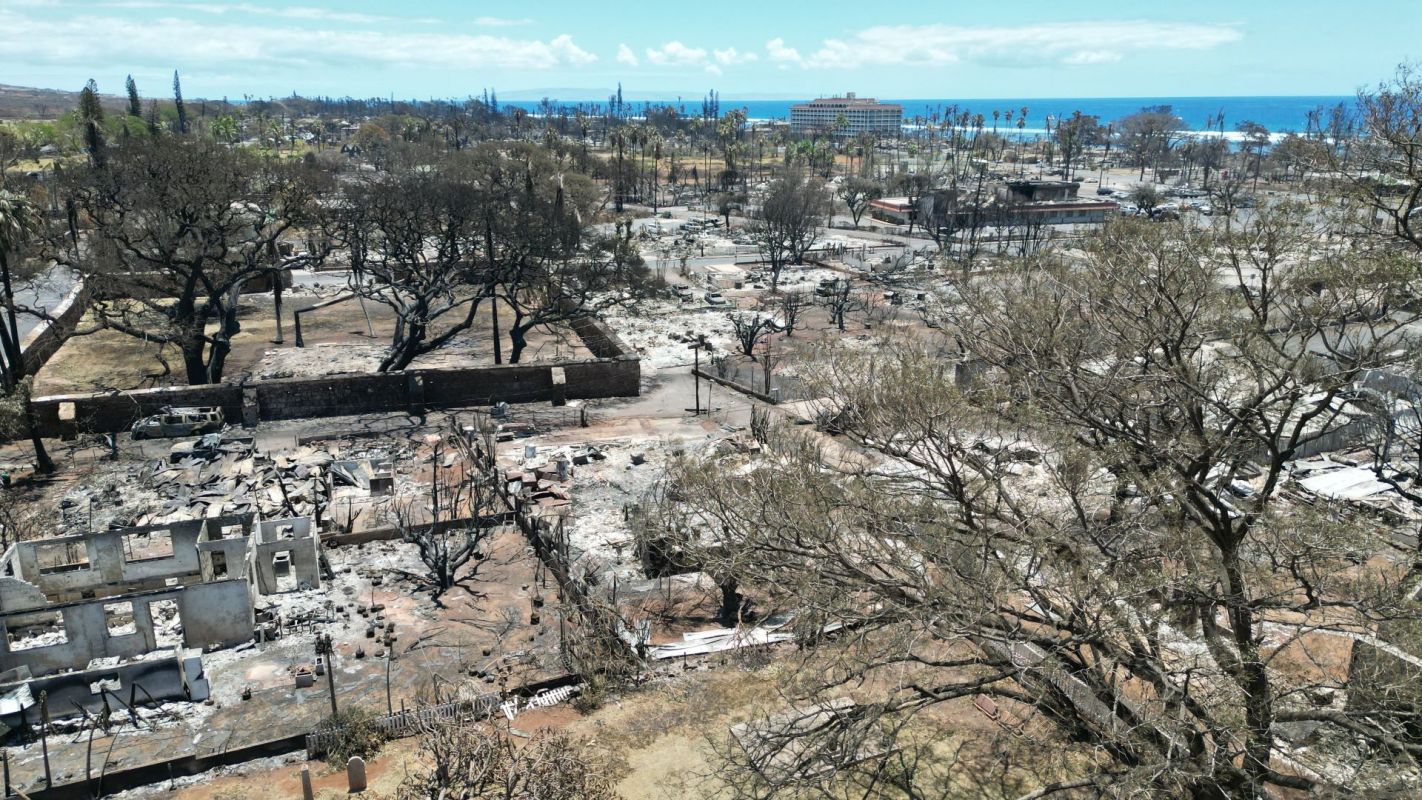President Joe Biden recently toured Maui to meet with survivors of the deadly fires that ravaged the island, killed at least 106, and destroyed the historic town of Lāhainā.
And while the people of Hawaiʻi continue to grieve, search for more than 800 people still missing, and begin to rebuild, others are asking how this could have happened.
Those concerned about the likelihood that more devastating fires are coming are asking what role our overheating planet played in worsening the disaster.
A piece of the puzzle
Wildfire experts, such as Elizabeth Pickett, who runs the Hawaiʻi Wildfire Management Organization, are connecting the dots between a rapidly changing climate and the disaster.
Pickett told The Verge that our warming climate is "a piece of the puzzle, but it's not the whole thing."
It's likely that warmer temperatures and stronger winds from a nearby hurricane worsened the situation, but what else was at play?
Several fire specialists are now pointing to invasive and non-native grasses for the intensity of the blazes.
"Very ignitable" grasses
After the fall of the sugarcane industry in Hawaiʻi in the 1990s, tens of thousands of acres of land became abandoned, and fast-growing grasses moved in.
Dr. Carla D'Antonio, an ecologist at the University of California, Santa Barbara, explained to Agence France-Presse that "invasive grasses are very ignitable. … They make conditions that are more conducive to more fire, and all of a sudden, we just have a lot more fire."
Species like the fountain grass and Guinea grass acted as an enormous fuel source in the wildfire, allowing it to create far more destruction.
A predicted disaster
Unfortunately, the potential devastation caused by these grasses, which cover nearly one-fourth of the state of Hawaiʻi, was known years before the fires occurred.
The Maui County government commissioned a fire prevention report in 2021 that found such non-native grasses, especially those in vacant sugarcane fields, could create "combustible, rapidly burning fuels … [that] needs to be addressed."
The report's recommendation was an "aggressive plan to replace these hazardous fuel sources with native plants to reduce combustible fuel."
So while it is clear that these non-native grasses worsened the situation, other experts recognize that, like the hotter temperatures, no one factor can be solely to blame.
Dr. Camilo Mora, who teaches at the University of Hawaiʻi, Mānoa, explained to The Guardian that "the grasses were a disaster waiting to happen, but … the silver bullet is reducing greenhouse gas emissions."
Join our free newsletter for cool news and cool tips that make it easy to help yourself while helping the planet.









